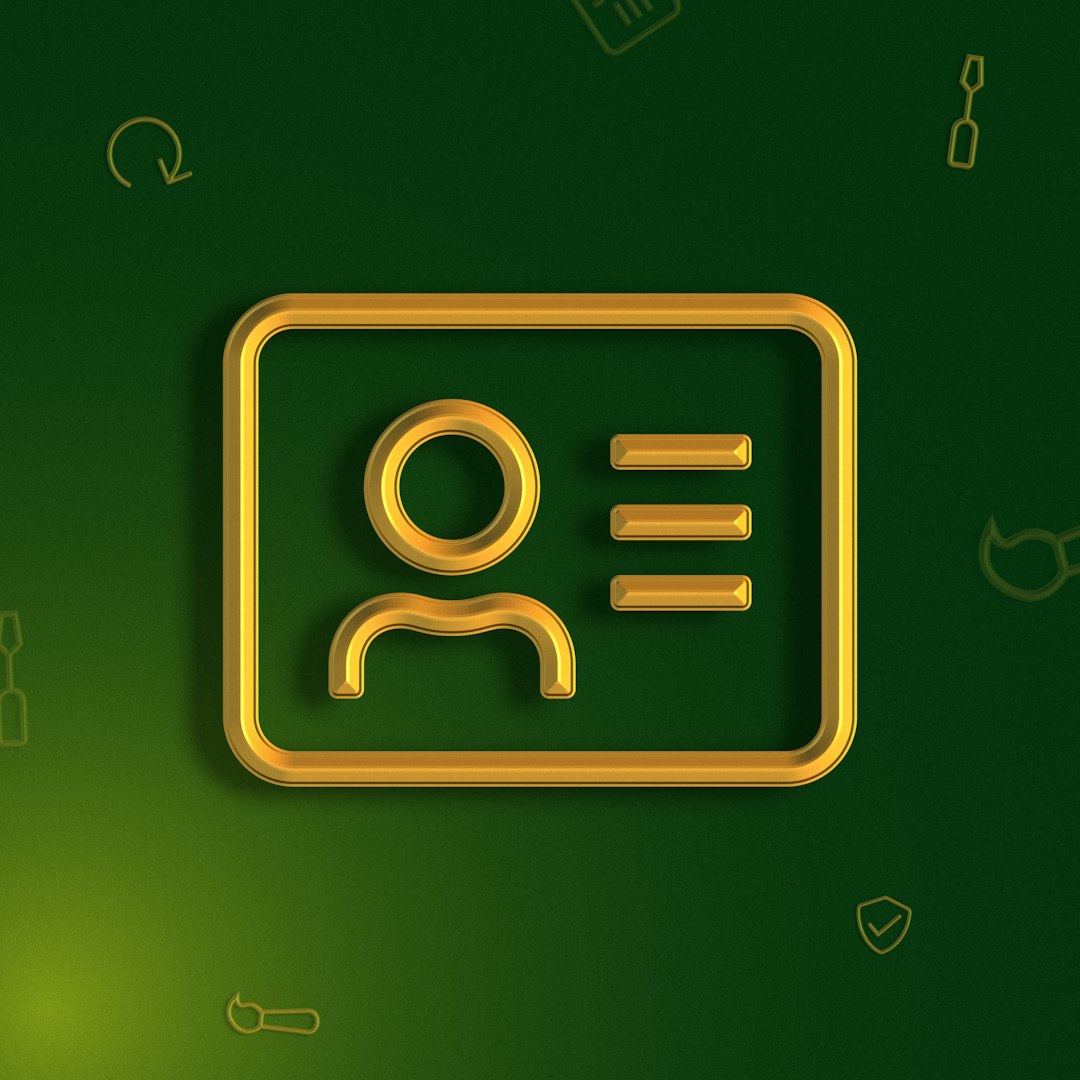Creating an impactful design for a double-sided brochure involves a strategic blend of aesthetics, functionality, and persuasive communication. Brochures remain a vital part of marketing collateral, especially when you want to showcase your brand and offerings in a compact and portable format. Whether the goal is to inform potential clients, introduce a new product, or drive traffic to your services, a well-designed double-sided brochure can make a lasting impression. Below are essential elements to consider for crafting a double-sided brochure that not only looks professional but also delivers your message effectively.
1. Define the Purpose and Audience
Before delving into design, it’s critical to understand the objective of the brochure. Ask yourself:
- What is the primary goal of the brochure?
- Who is the target audience?
- What actions do I want readers to take?
Clearly defining these aspects ensures that every design choice—from color and typography to layout and language—is aligned with the intended message and audience expectations.
2. Emphasize on a Compelling Front Side
The front side of your brochure may be the first (and sometimes only) chance to grab attention. Focus on clean and engaging visuals, include your brand logo, and introduce your main message with a punchy headline. This side should entice readers to open and explore more.
[ai-img]brochure cover, corporate design, branding, typography[/ai-img]
Make sure to maintain a visual hierarchy. Use bold fonts for headings and ensure that your color choices contrast well for optimal readability.
3. Structure with Clear Sections
A cluttered brochure is likely to be overlooked. Organize content into digestible sections such as:
- Introduction: A brief overview of your business or product.
- Features or Services: Highlight unique offerings with concise bullet points.
- Social Proof: Include testimonials or short case studies to build credibility.
- Call-to-Action (CTA): Provide clear next steps, such as visiting a website, calling, or attending an event.
This structure helps guide the reader through the information in a logical and engaging manner.
4. Maintain Consistent Branding
Your double-sided brochure should reflect your brand’s identity. Use your brand’s official color palette, fonts, and logo consistently throughout the layout. Consistency builds trust and reinforces brand recognition.
[ai-img]brand color palette, logo, business brochure, design consistency[/ai-img]
Avoid using too many fonts or colors that clash with your brand image. Stick to 2-3 fonts and maintain alignment with your brand guidelines.
5. Prioritize Readability and Flow
Use white space thoughtfully to avoid overwhelming the reader. Break up text with subheadings and icons to make scanning easier. The layout should naturally guide the eyes from one section to another without confusion.
Use short paragraphs and bullet points for better legibility. When dealing with a double-sided layout, ensure the front and back sides complement each other in both design and content flow. For example, if the front introduces a product, the back can elaborate on benefits and include pricing or a CTA.
6. Use High-Quality Images and Visuals
Visuals make brochures come to life. Incorporate relevant, high-resolution images that support your content. Whether you’re showcasing products, services, or customer experience, ensure that your visuals maintain a professional quality.
Design elements such as icons, graphs, and infographics can also help convey complex information quickly and effectively. Avoid stock photos that look generic; whenever possible, use original or custom visuals tailored to your brand.
7. Add a Strong Call-to-Action
The CTA is perhaps the most important element of any marketing piece. Whether it’s directing readers to a website, encouraging them to call, or inviting them to visit a store, the CTA should be clear, visible, and compelling.
Use action-oriented language and position the CTA strategically on both sides of the brochure to maximize visibility. You may use standout colors or design elements to draw attention to it.
8. Test and Proofread
Before sending your brochure to print, thoroughly proofread every line of text. Typos and errors can hurt your brand’s credibility. It’s wise to have at least two people review the content for spelling, grammar, and design consistency.
You may also test different versions of the brochure to see which design and messaging resonate most with your audience. Measuring engagement through QR codes or specific landing pages can provide valuable feedback for future materials.
In conclusion, an impactful double-sided brochure is more than just an attractive piece of paper—it’s a strategic communication tool. By combining a clear message with professional design, quality visuals, and a powerful CTA, you ensure your brochure not only informs but inspires action.

